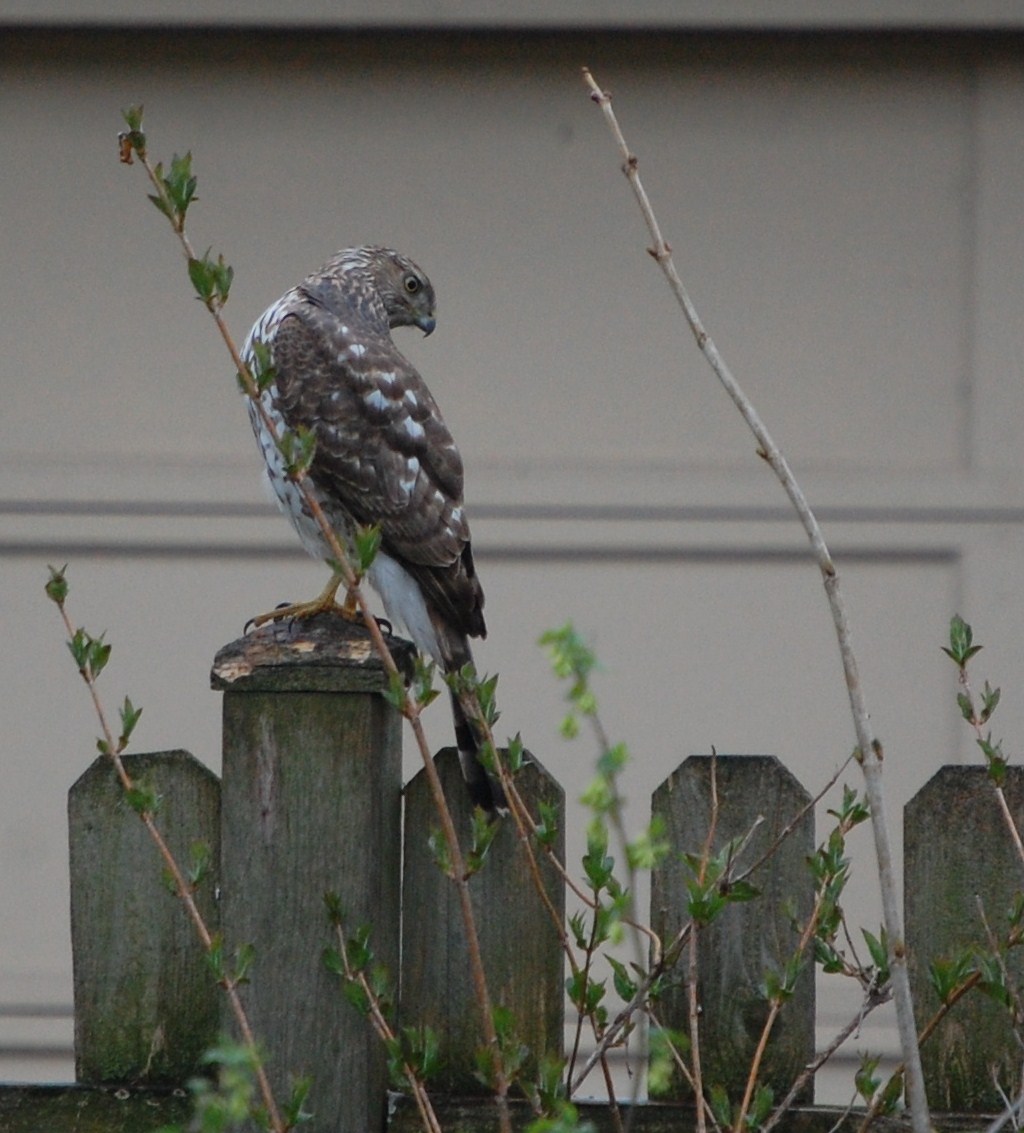The Amazing Lives of Birds
Book Review: Beaks, Bones, and Bird Song, by Roger J. Lederer
If you are interested in birds but don’t have much of a science background, this book is a fun and fascinating read. The author establishes first that birds face daunting odds in their struggle to survive and reproduce. Only about 10% of songbirds make it from egg to adulthood, and about half of all adults perish every year.

In response to this harsh challenge, birds have developed an amazing array of survival strategies. Lederer has chapters on feeding, sensory abilities, flight, migration, and surviving difficult weather conditions. He closes with a grim but ultimately hopeful discussion of how birds are affected by human activity.

To give you a taste of this book, let me share eight fascinating facts that I learned from Beaks, Bones, and Bird Song.
- Starlings incorporate certain fragrant plants into their nests to keep them healthier.
- Birds can eat even the hottest peppers because they lack the chemical receptor that responds to capsaicin.
- Birds are able to use the earth’s magnetic lines of force to navigate.
- An African bird called the honeyguide has learned to lead people to bee colonies. The people take the honey and the birds eat the eggs and larvae.
- Parrots eat clay, which binds with the poisons of toxic seeds, rendering the seeds harmless.
- The western screech owl keeps live snakes in its nest as a means to controlling maggots and other pests.
- Vultures poop on their own legs to keep them cool and limit infections.
- And speaking of poop, Canada geese poop about every 20 minutes. OK, so maybe that’s not so fascinating, but it does make sense to anyone who has ever dealt with a field infested with Canada geese.

And a couple more facts of interest to people with bird feeders. First, don’t worry about what happens if you go on vacation and leave the feeders empty for a few weeks. Studies show no difference in bird mortality.
Also, feeders don’t make birds any more vulnerable to predators than they would be elsewhere in the wild. In fact, they may even be safer because birds in large groups are likely to detect predators more quickly.

Overall, Beaks, Bones, and Bird Song is an absorbing and entertaining read for the layperson with a soft spot for feathered creatures.





How very interesting!
I always fill a huge feeder when we go away, it is always empty when we get back. I’m sure they finish it the first day we are away!
It tends to work that way. More bird food = more birds stuffing themselves with more bird food.
I’m very interested in birds, and your review has made me think I’ll order it. it might also teach me a bit about all the US and UK birds I’m seeing in blogs now.
This book sounds like a good read.
Surely Canada geese poop more often than every 20 minutes — every 20 second seems more likely, based on our lawn’s appearance until this year. Converting the mown lawn to a long grass prairie meadow has been very effective at keeping them away.
Sounds like an intriguing book, Jason, and something that would illuminate the birdlife that fills our property. Thanks for sharing the review!
Very cool. I’m fascinated by that honeyguide.
Thanks for sharing, Jason. I have yet to find a good bird identification book. They all seem like you have to know what you’re looking for to find it. Not helpful to a beginner.
This is more about birds generally, rather than an ID book.
Wow – those are incredibly daunting odds. Sounds like a great read.
Great review and it sounds like a fascinating read. Terrific photos–especially of the birds. 🙂
Those feathered beauties certainly face daunting odds. Beaks, Bones, and Bird song is going on the tottering TBR pile. Thanks for the review.
I’ve loved birds from my early childhood. I’ve always found them fascinated. Enjoyed this post – sharing.
Our problems with bird feeders left out in the summer start and end with black bears. They love bird seed and if you leave a feeder up when they aren’t hibernating there’s a good chance that one will pay you a visit.
I had to give up on the thought of ever being a serious birdwatcher due to colorblindness, but I still love hearing them and occasionally seeing them.
Yikes! Black bears would be way worse pests to have than squirrels!
Yes! I’ve had bears in my yard and I don’t even have bird feeders.
The information sounds accessible and easily digestible. Thanks for the review. 🙂
Sounds interesting–thanks for the review.
Fascinating facts. I thought I had a bird feeder problem with squirrels, but I have just read the comment about black bears. I’ d never set foot in the garden with black bears waiting to graze on the bird feeder. Or me.
Great capture of the hawk! We had a red-tail on our picnic table the other day, but by the time I got my camera, he had flown away. Thanks for the information about birds’ survival techniques. 🙂
The time I took that photo, the hawk just sat there like he owned the place.
I really enjoyed this post with its fascinating tidbits about birds! I did not know that fact about Canadian geese, but we have a lake nearby with resident Canadian geese, and I am not a bit surprised!
I wasn’t surprised either.
Oh my, your hawk gave me goosebumps! What a regal creature, your robin best be on the lookout! Snakes in nests??? Struth! I know birds use herbs to repel fleas and insects in nests but I’ve never heard of snakes before. How fascinating.xxx